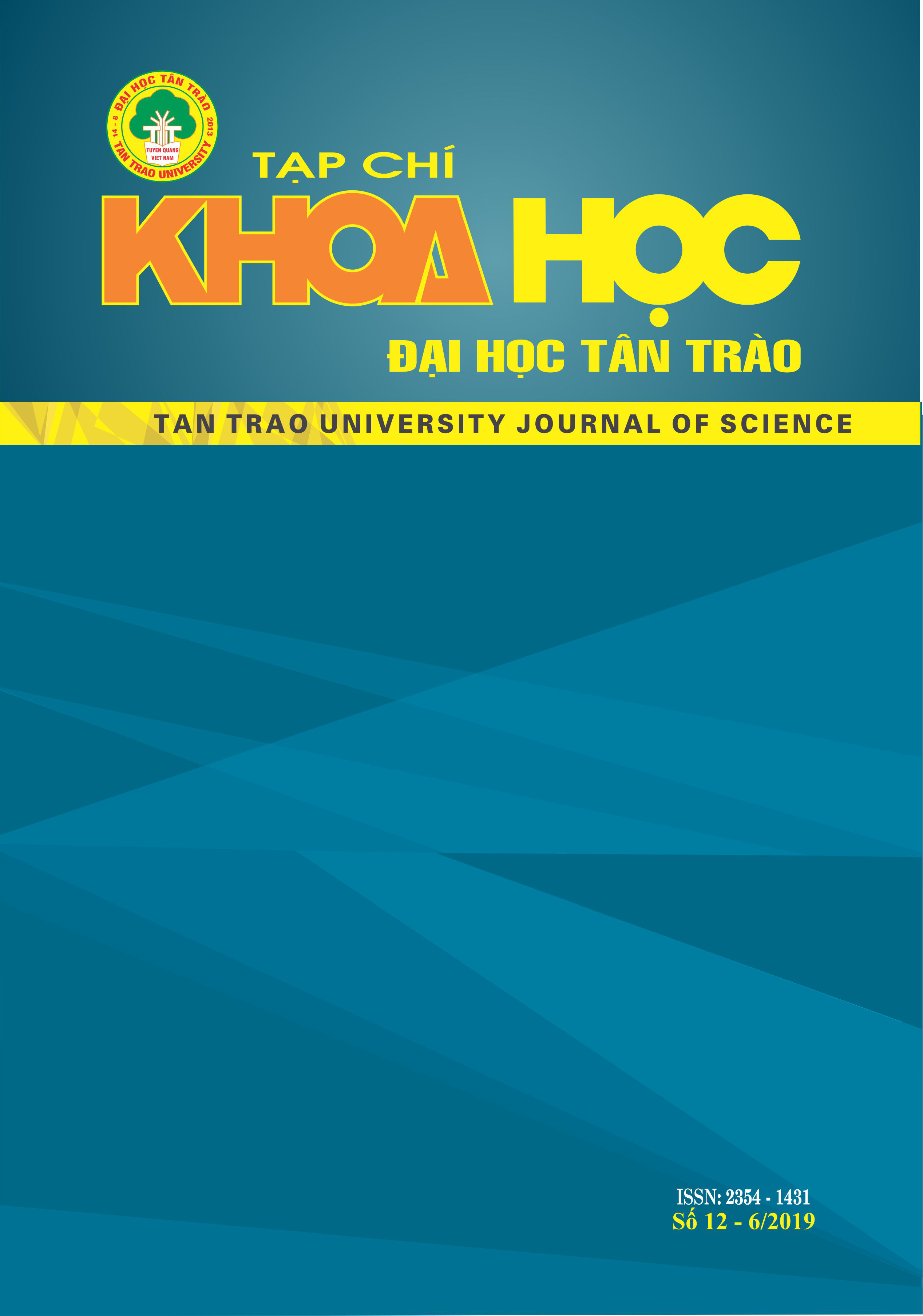The effects of climate change on rice yield of Pampanga
DOI:
https://doi.org/10.51453/2354-1431/2019/287Keywords:
Rice Production; Impact Assessment; Climate Change; Cropping Calendar; StatisticsAbstract
This study aims to analyze the effects of climate change on rice yield of Pampanga. The climate and yield used was for a period of 20 years between 1998 to 2017.
Descriptive and inferential methods of research were utilized. The rice production in Pampanga showed an increasing trend within the 20 year period. The irrigated rice comprised 97% of the total rice yield while the remaining 3% came from rainfed rice. The correlation of rice yield vs. rainfall and temperature was also examined. It was found out that there is a no significant relationship between rice yield and temperature. While the relationship of rain fall and rice yield is inverse and significant. Taking into account the monthly averages of rainfall and temperature as well as the climatic needs of the different stages of development of rice, a new cropping calendar was proposed. The current cropping calendar is proposed to be moved one month forward so that the ripening phase which is susceptible to excess rainfall be moved to a month where less amount of rain is expected. The results of this research will be communicated to the farmers of Pampanga once approved and examined by the concern government agencies.
Downloads
References
1. Ricepedia. (2018). Growth Phases. Retrieved January 2019 from http://ricepedia.org/rice-as-a-plant/growth-phases
2. Vincent, F. (2017). What is the difference between rainfed rice cultivation and irrigated rice cultivation?Retrived January 2019 from
3. https://www.quora.com/What-is-the-difference-between-rainfed-rice-cultivation - and-irrigated-rice cultivation
4. Yinhong, K. (2009). Climate change impacts on crop yield crop water productivity and food security. Retrieved June 16, 2017 from
Downloads
Published
How to Cite
Issue
Section
License

This work is licensed under a Creative Commons Attribution-ShareAlike 4.0 International License.
All articles published in SJTTU are licensed under a Creative Commons Attribution-ShareAlike 4.0 International (CC BY-SA) license. This means anyone is free to copy, transform, or redistribute articles for any lawful purpose in any medium, provided they give appropriate attribution to the original author(s) and SJTTU, link to the license, indicate if changes were made, and redistribute any derivative work under the same license.
Copyright on articles is retained by the respective author(s), without restrictions. A non-exclusive license is granted to SJTTU to publish the article and identify itself as its original publisher, along with the commercial right to include the article in a hardcopy issue for sale to libraries and individuals.
Although the conditions of the CC BY-SA license don't apply to authors (as the copyright holder of your article, you have no restrictions on your rights), by submitting to SJTTU, authors recognize the rights of readers, and must grant any third party the right to use their article to the extent provided by the license.


